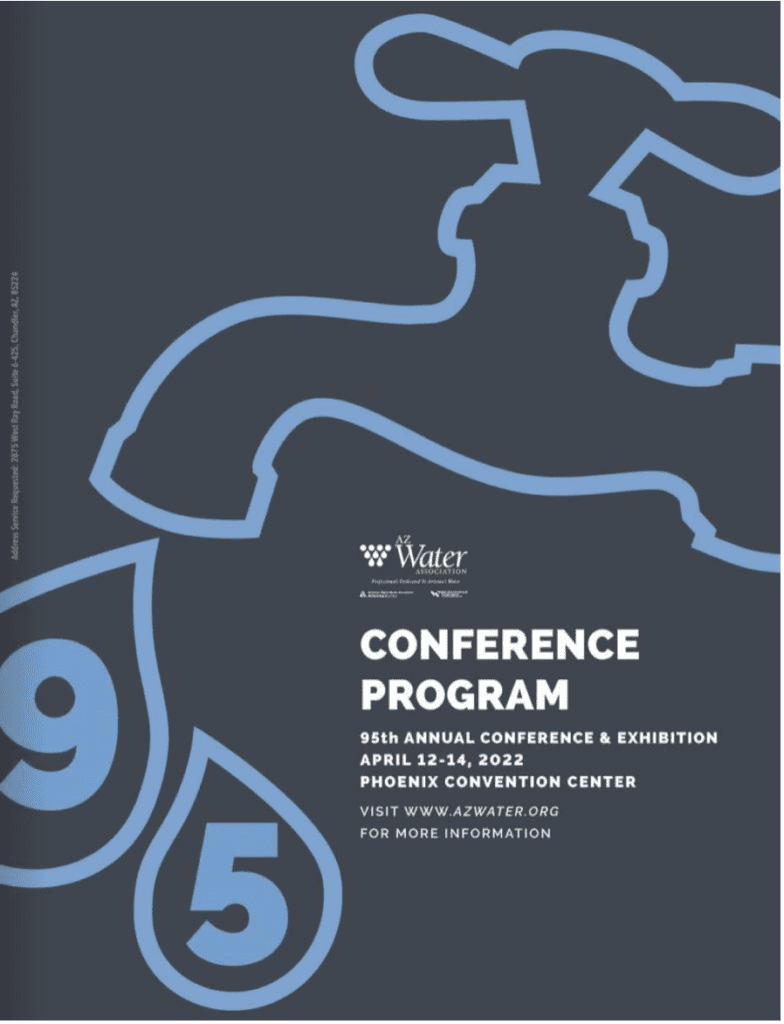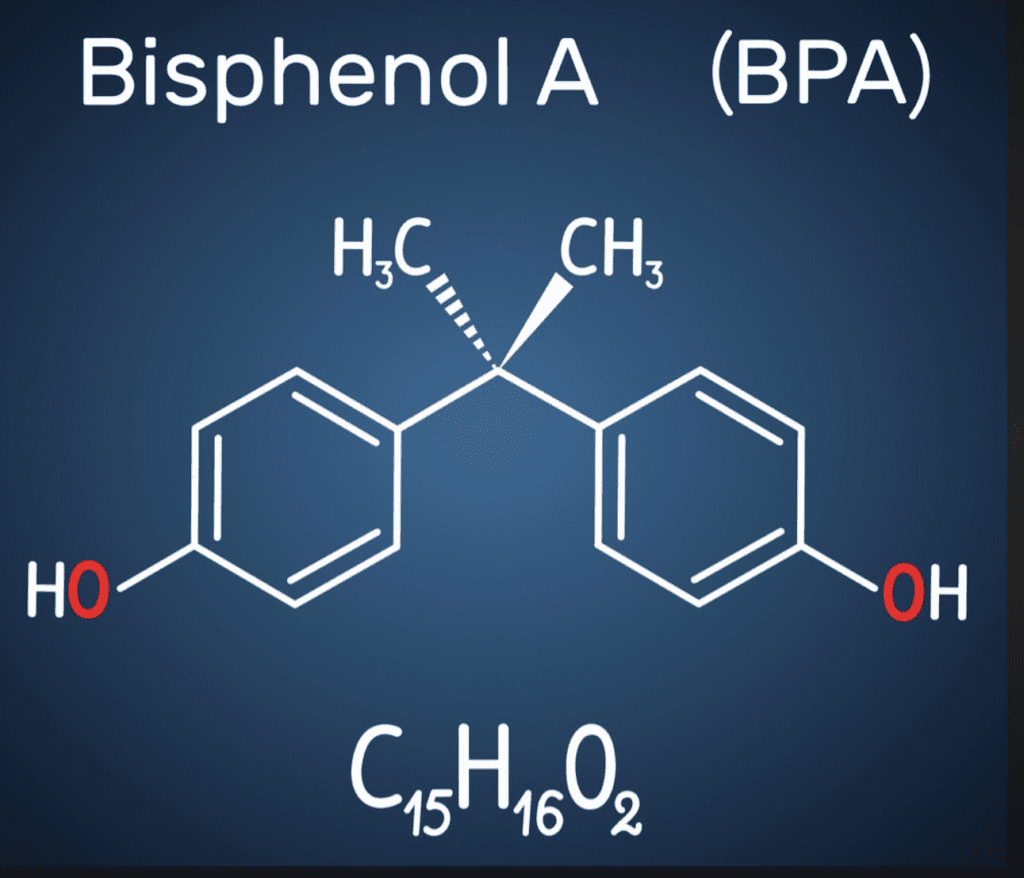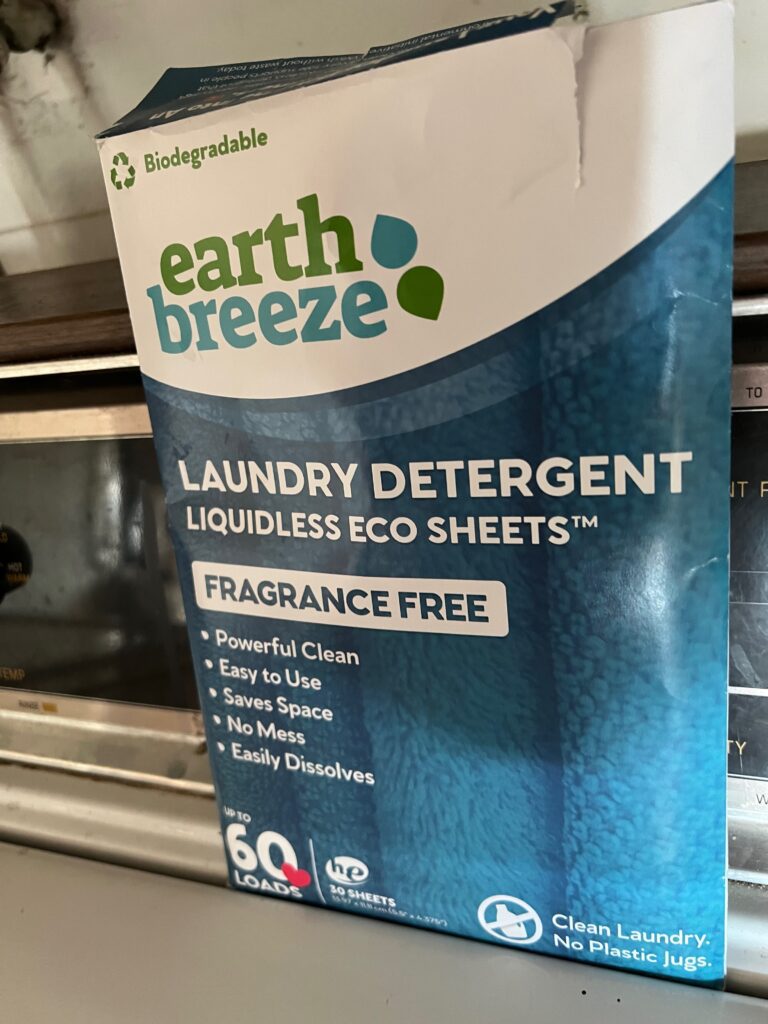Daniel Salzler No. 1144
EnviroInsight.org Five Items April 8, 2022
—————Feel Free To Pass This Along To Others——————
If your watershed is doing something you would like others to know about, or you know of something others can benefit from, let me know and I will place it in this Information newsletter.
If you want to be removed from the distribution list, please let me know.
Please note that all meetings listed are open.
Enhance your viewing by downloading the pdf file to view photos, etc. The
attached is all about improving life in the watershed. If you want to be removed from
the distribution list, please let me know. Please note that all meetings listed are open.
Check our website at EnviroInsight.org
1. AZ Water Conference. Registration is still open for the 95th Annuall Arizona Water Conference and Exhibition.

All conference technical sessions and exhibits will be held at the South Building of the Phoenix Convention Center. The South Building offers a single level, self-contained experience for our conference participants, which translates to no need for elevators or long walkways between sessions or events. The Phoenix Convention Center is located in the heart of downtown where you can enjoy the 95th Annual AZ Water Conference & Exhibition and explore the city. Whether you are new to Phoenix or perhaps in your own backyard, you can enjoy new sights, new sounds and new culinary delights within a short walk or quick ride from the conference venue. The METRO Light Rail is an easy and convenient way to travel to and from the Phoenix Convention Center, airport and many areas of the valley.
Conference parking is available at the East Parking Garage and AZ Water has made arrangements for each attendee to receive a FREE parking voucher with conference registration.
To register, go online to http:/ web.event.com/event/da641ece-686b-482e-a017-d73331a8/summary
2. Student Photographers. Display your talent as a young photographer of Arizona’s natural beauty and wildlife. Arizona students ages 13 to 18 are invited to submit nature photos to the 9th annual “Adventures in Nature Photo Contest”.
The deadline to submit photos is midnight, April 15, 2022. Prospective photographers can enter the contest by going online to https://www.arizonahighways.com/photography/photo-contest
The top 10 winners will win $10,000 and other prizes.
3. EPA Proposes to Ban Ongoing Uses of Asbestos, Taking Historic Step to Protect People from Cancer Risk
Proposed Rule is First-Ever Risk Management Rule Issued Under New Process in 2016 Lautenberg Chemical Safety Act
WASHINGTON – Today the U.S. Environmental Protection Agency (EPA) is taking action to protect people from asbestos exposure by releasing a proposed rule to prohibit ongoing uses of the only known form of asbestos currently imported into the U.S. This proposed rule

is the first-ever risk management rule issued under the new process for evaluating and addressing the safety of existing chemicals under the Toxic Substances Control Act (TSCA) that was enacted in 2016.
This proposal would rectify a 1991 court decisionEXITEXIT EPA WEBSITE that largely overturned EPA’s 1989 ban on asbestos that significantly weakened EPA’s authority under TSCA to address risks to human health from asbestos or from any other existing chemical.
With the 2016 amendments to TSCA, the law was radically transformed with clear requirements and a mandate to comprehensively prioritize and evaluate chemicals and put in place strong and timely protections against any unreasonable risks.
EPA is also proposing targeted disposal and record keeping requirements in line with industry standards, Occupational Safety and Health Administration requirements, and the Asbestos National Emission Standards for Hazardous Air Pollutants (NESHAP). The proposed disposal and record keeping requirements would take effect 180 days after the effective date of the final rule.
Use of asbestos in the U.S. has been declining for decades, and its use is banned in over 50 countries. Although there are several known types, the only form of asbestos known to be
currently imported, processed, or distributed for use in the United States is chrysotile. Raw chrysotile asbestos currently imported into the U.S. is used exclusively by the chlor-alkali industry. Most consumer products that historically contained chrysotile asbestos have been discontinued. In December 2020, EPA issued a final risk evaluation that found unreasonable risks to human health from conditions of use associated with six categories of products.
To address these unreasonable risks, the proposed rule would prohibit manufacture (including import), processing, distribution in commerce, and commercial use of chrysotile asbestos for six categories of

chrysotile asbestos-containing products: asbestos diaphragms, sheet gaskets, oilfield brake blocks, aftermarket automotive brakes and linings, other vehicle friction products, and other gaskets. The proposed prohibition on the manufacture, processing, and distribution in commerce will also address consumer exposure to chrysotile asbestos. The prohibitions relating to asbestos diaphragms and sheet gaskets for commercial use are proposed to take effect two years after the effective date of the final rule; the proposed prohibitions relating to oilfield brake blocks, aftermarket automotive brakes and linings, other vehicle friction products, and other gaskets for commercial use are proposed to take effect 180 days after the effective date of the final rule. Source: EPA
4. Aromatic Amines In Pet Feces And Urine May Signal Threats To Human Health. Dogs and cats may be exposed in their homes to a potentially toxic group of chemicals, with their discovery in the pets’ stool being a sign of health issues for humans living with them, a new study shows.
Called aromatic amines, the chemicals — found in tobacco smoke and in dyes used in cosmetics, textiles, and plastics — are known to cause cancer. Notably, the study revealed that tobacco smoke was not a major source of pet exposure, suggesting that the latter products were likely the main culprits.
Led by researchers at NYU Grossman School of Medicine, the study identified eight types of aromatic amines in stool samples collected from dozens of dogs and cats. It also found traces of the chemicals in more than 38% of urine samples taken from a separate group of pets.
“Our findings suggest that pets are coming into contact with aromatic amines that leach from products in their household environment,” says study lead author Sridhar Chinthakindi, PhD, a postdoctoral fellow at NYU Langone Health. “As these substances have been tied to bladder, colorectal, and other forms of cancer, our results may help explain why so many dogs and cats develop such diseases.”
He adds that the results suggest that, aside from such direct exposures, pets are likely indirectly exposed. For example, past research has shown that a common flea control medication called amitraz can be broken down into an aromatic amine called 2,6-dimethylaniline by microbes living in animals’ digestive systems. This was the most common aromatic amine detected in the new study, accounting for almost 70 percent of those found in dogs and nearly 80 percent of those found in cats.
The study authors’ previous investigations have measured other hormone-disrupting chemicals, including phthalates, melamine, and bisphenols (Bisphenol A is an extraordinarily well-studied, building-block chemical used primarily to manufacture durable epoxy resins and strong, clear polycarbonate plastic and a suspected carcinogen) in pet urine. However, the new study, published online March 30 in the journal Environment International, is the first designed to explore pet exposure to aromatic amines in the household.

Among the findings were that cats had at least triple the concentrations of aromatic amines in their urine as dogs, although the study authors say both greater exposure and differences in metabolism between the two species likely play a role in the concentrations of the chemicals found. Notably, cats do not break down many compounds as efficiently as dogs.
“Since pets are smaller and more sensitive to toxins, they serve as excellent ‘canaries in the coal mine’ for assessing chemical risks to human health,” says study senior author Kurunthachalam Kannan, PhD, a professor in the Department of Pediatrics at NYU Langone. “If they are getting exposed to toxins in our homes, then we had better take a closer look at our own exposure.” Source: NYU Langhorn.
5. Doing Your Part During This, Earth Month, 2022. Earth Day is only a few weeks away. It is not too early to start doing “stuff” that will reduce your carbon footprint, protect Mother Earth and improve your health and finance. Here’s a list of a few things the editor does in an effort to reach these goals:
1. Walk more, use motorized vehicles less
2. Combine driving trips whenever possible
3. Drive a hybrid or electric vehicle (charged by an at-home solar panel)
4. Grow more of what you eat (without pesticides and herbicides).
5. Eat more raw foods and less or no processed food
6. Compost lawn clippings, shrubbery trimmings, kitchen waste (spent coffee
grounds yield 5% nitrogen)
7. Recycle cardboard, paper board (cereal boxes) and beer cases. Check with
8. Never pour F.O.G down the kitchen drain (Fats,Oils, Grease). Wipe the pan
with a paper towel and toss the towel into your trash
your community to determine if your town prefers the cardboard to be whole,
broken down, or cut)

9. Recycle all glass (you may have to take it to your local MRF – check with your community Solid Waste office).
10. Check the bottom of all plastic containers for the recycling triangle and number. Most communities will accept
No.’s 1 and 2.
11. Look for alternatives to plastics. i.e. Purchase “Earth Breeze” laundry detergent (60 loads of laundry comes in dissolvable sheets in a small cardboard envelope) versus a large plastic bottle.
12. Rinse and dry cracked egg shells before grinding them into a powder in a coffee grinder, Magic Bullet, blender or food processor.
Apply to garden soil, lawn and add a teaspoon to your flower pot when transplanting.
13. Recycle plastic bags and film. Collect in a larger plastic bag and then take to you local grocery store that recycles plastic bags. Usually by the entrance to the store.
14. Buy better quality clothes so they last longer and reduces landfill waste
15. Purchase/use battery powered lawnmower. Ryobi makes the best at this time.
Copyright EnviroInsight.org 2022
